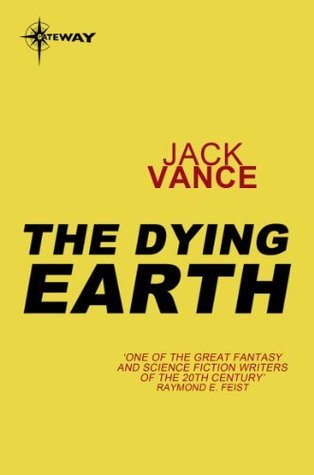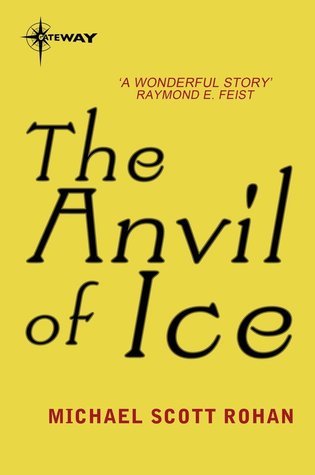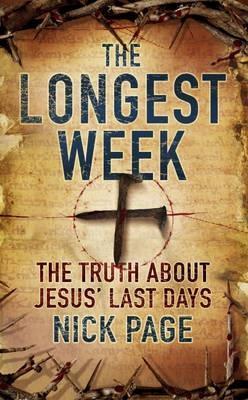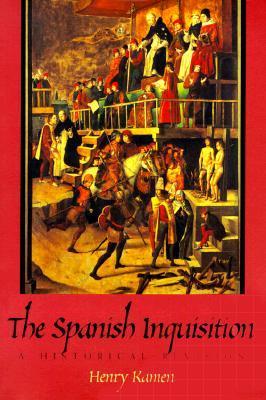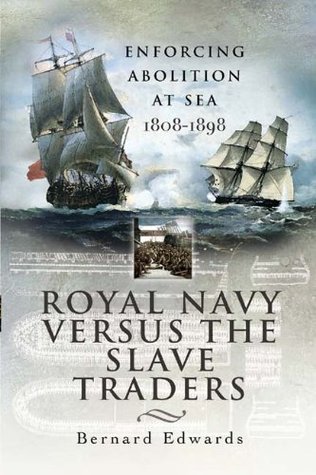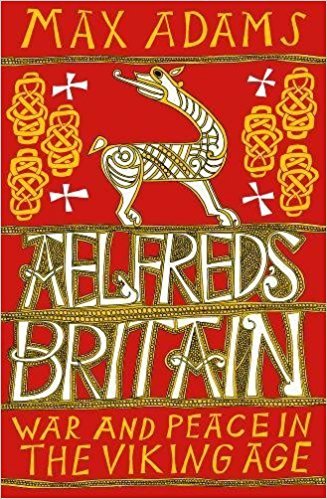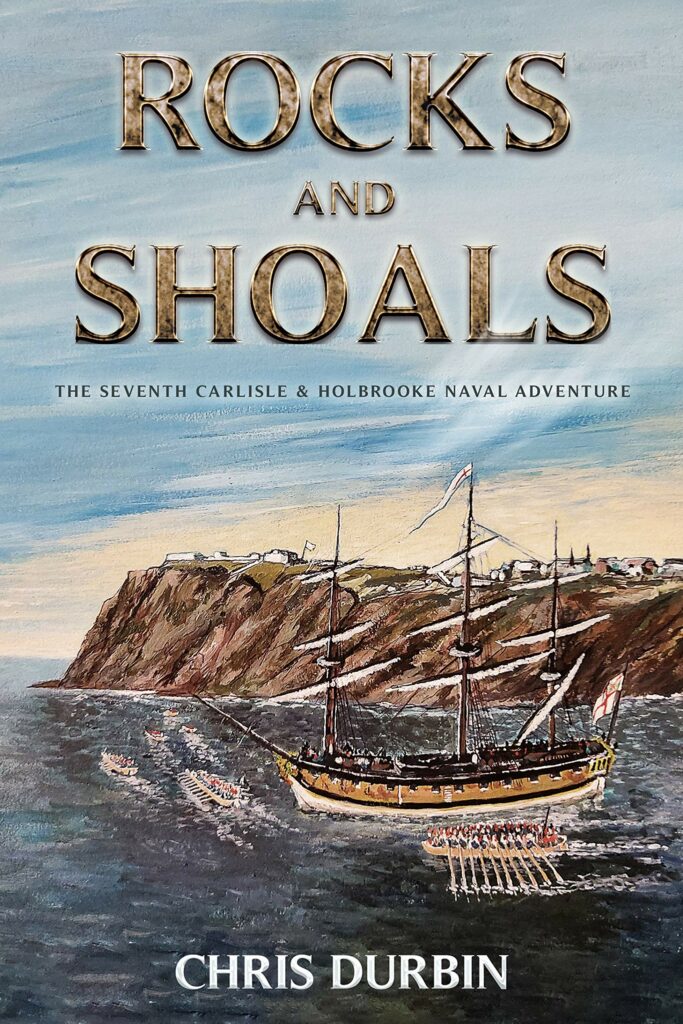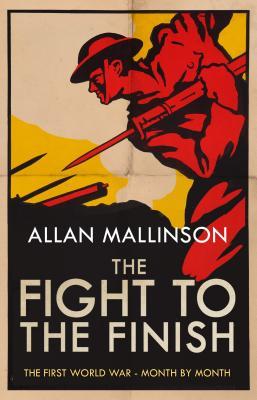
The subtitle states that this is a history of the First World War month by month and that’s exactly what Mallinson does. The book derives from a monthly series of features Mallinson wrote for The Spectator magazine, starting on the centenary of the outbreak of the Great War, that followed the war through each month of the following four years.
This strictly calendrical approach is mainly a strength, almost allowing one to follow how the war would have unfolded to people at the time but with better access to what was going on, but on the odd occasion it forces him to squeeze a huge amount of events into a single chapter. Overall, though, it’s a structure that works very well. In particular, it allows Mallinson to show how this was truly a World War, and not one limited to the trench warfare of the Western front. Using this focus, he expands the view to take in the Eastern Front, the carnage of the mountain war between Italy and Austria/Hungary, the war in the Middle East and the Dardanelles – everywhere.
It’s also useful as a partial corrective to the old saw of lions led by donkeys. The generals of the First World War were not as clueless as portrayed in Blackadder although, in a telling insight, Mallinson gets to the crux of their key failure in understanding the war on the Western Front: it was siege warfare, with the walls of the castle stretching from the mountains to the sea. Some of the commanders realised this but it took a long time for their understanding to penetrate through to the higher ranks. But, once said, it becomes so obvious!
Highly recommended.
